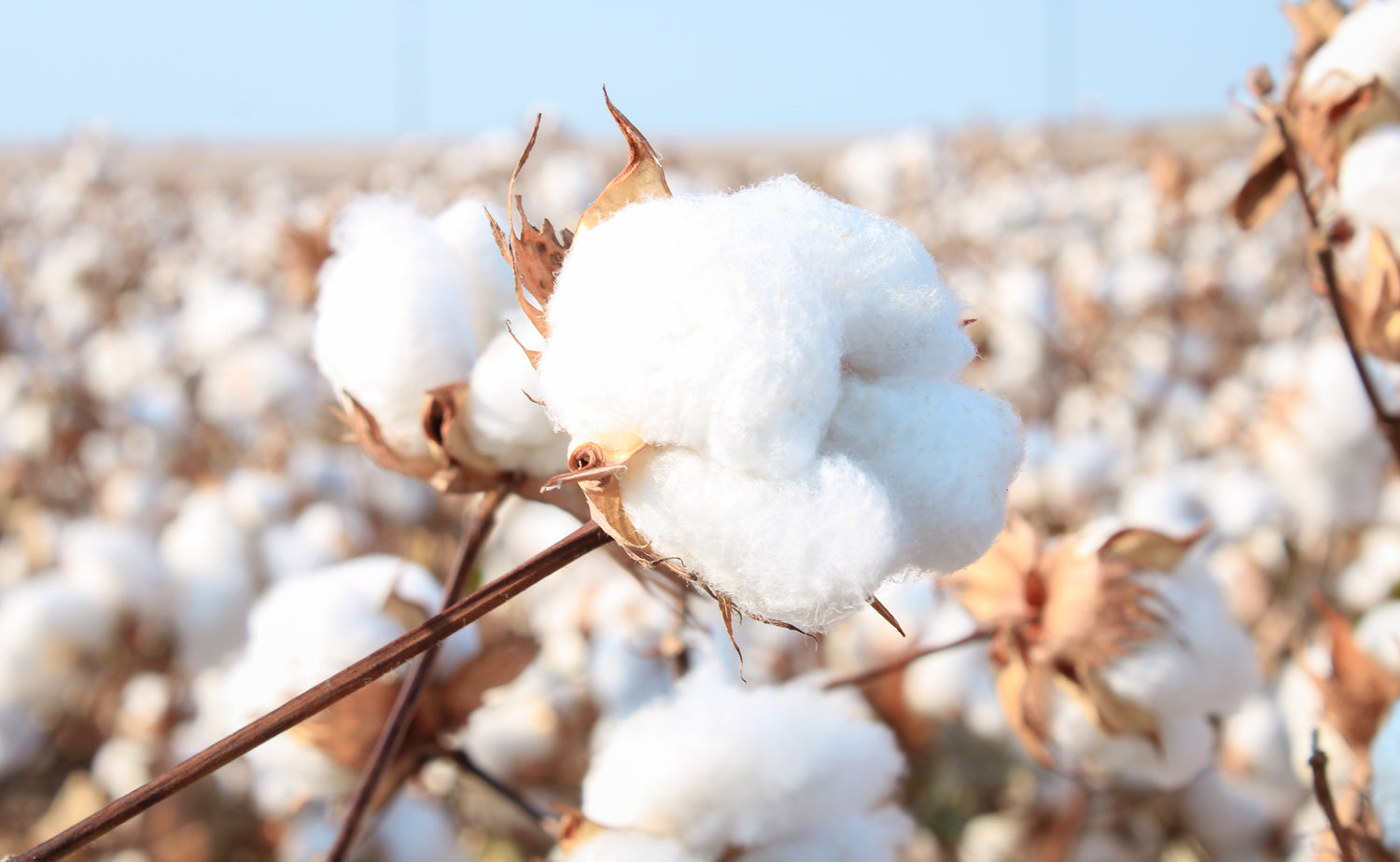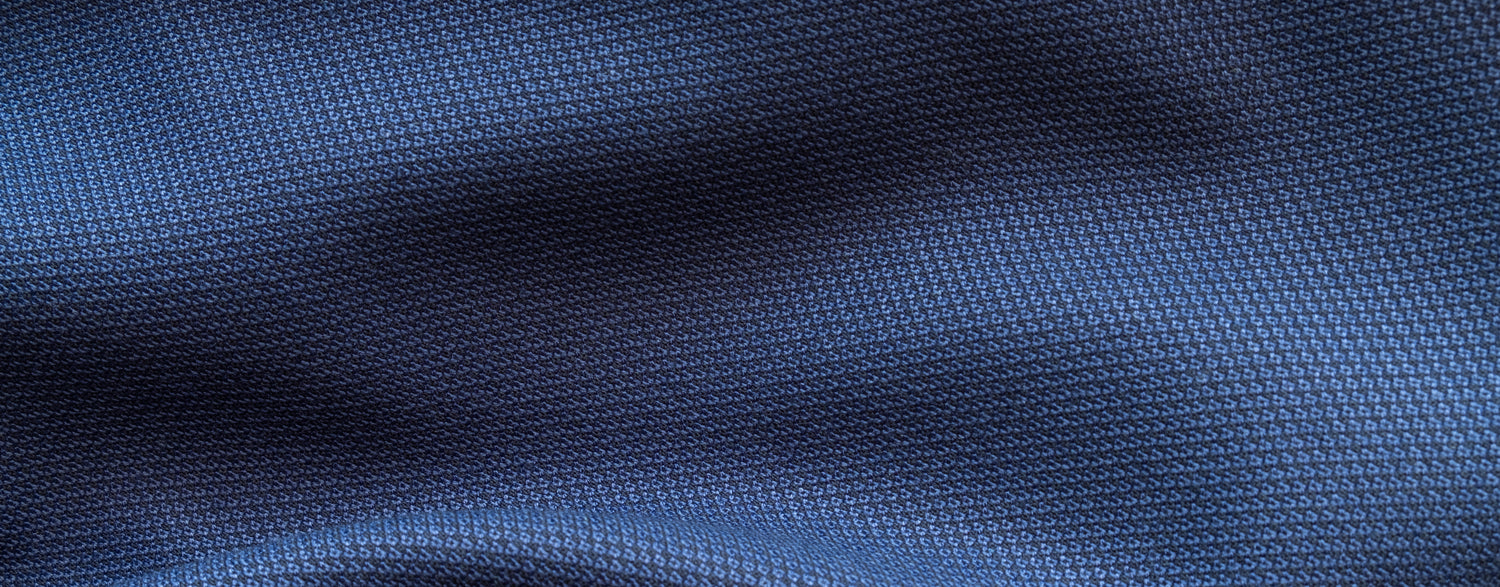Supima - Rare and high quality natural fibers
You would think that cotton is cotton and that there are no differences. However, as for everything in life, it is not so straightforward and there are significant differences between the various types of cotton.
The cotton used in our production is Supima cotton, a high quality cotton variety derived from Gossypium barbadense . The cotton fibers derived from this plant are considered extra long staple (ELS), meaning they are at least 34 mm long, unlike other cotton fibers that are only 20 mm long. As a result, the cotton fibers are more tear resistant and can be formed into a higher quality yarn. The result is the first-class properties of Supima cotton: strength, softness and color fastness.
-

Firm & Durable
-

Gentle & luxurious
-

Vibrant colors

Strength & Durability
Twice as strong as conventional cotton, making the products exceptionally durable. The longer Supima cotton fibers resist pulling, tearing, and breaking, creating long-lasting garments that keep their shape. Supima cotton is the most durable of all cottons, and it's easy to find garments made from this material that are years old and show no signs of wear.

Gentle & luxurious
Supima is naturally softer and more luxurious because the staple fiber is extra long. The length of the fiber makes for a smoother surface and creates a softer fabric that won't mat. This means your products will feel sumptuously soft and become even softer over time.

Vibrant colors
The finer fibers of Supima cotton absorb the dye better, so the color is retained better than with conventional cotton. The dye is absorbed more deeply and with longer-lasting penetration, which means that Supima products retain their brilliance after several washes, so you can wear Supima cotton garments for several years.
Sustainable by nature
Only 1% of the cotton grown in the world is Supima cotton, and 93% of all production is grown in California. About 500 family farms produce this type of cotton, which is passed down from generation to generation.
These family farms use and develop some of the most technologically advanced farming practices available, setting new environmental and ethical standards for cotton production around the world. Soil is the farmers' productive asset, so great efforts are made to maintain its fertility and increase its productivity. Farmers strive to maximize yield while minimizing inputs and resource consumption.








